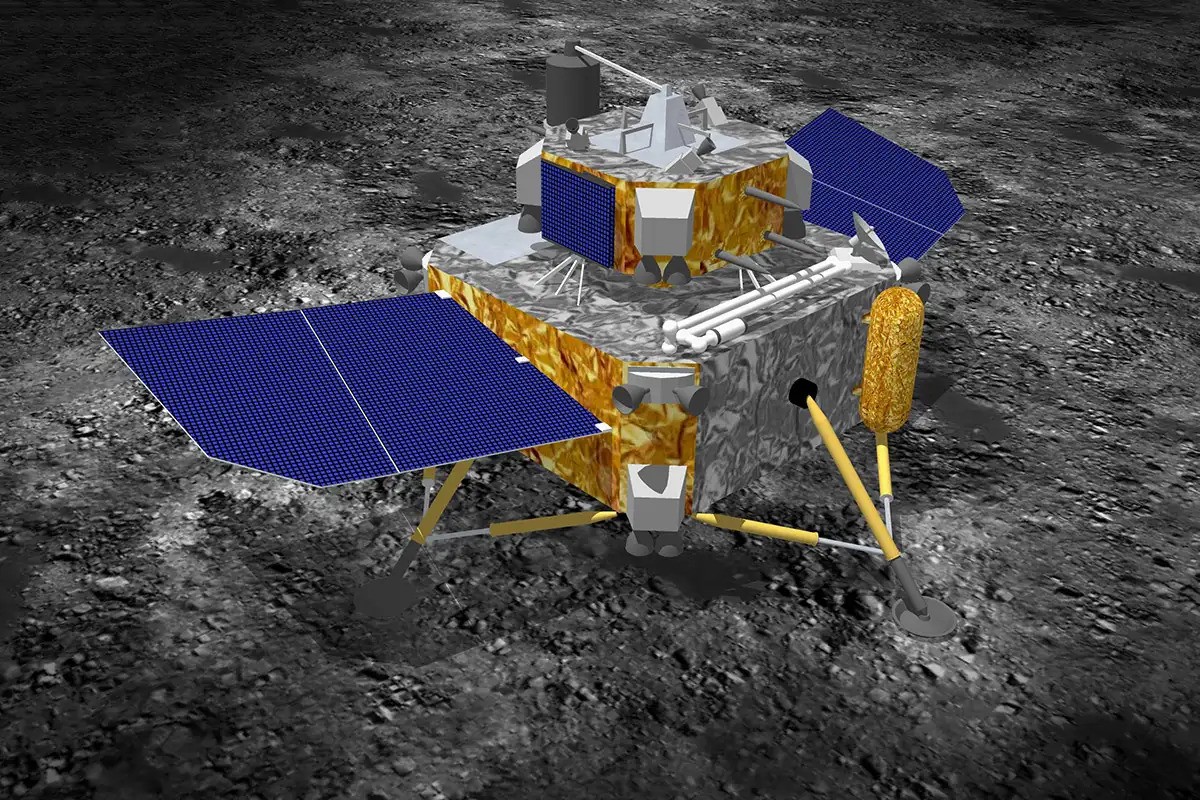Chinese scientists working with the samples brought to earth by the Chang’e-5 probe have confirmed that they contain water in the form of hydrated salts. This confirms earlier studies. However, this time we are talking about those latitudes of our moon, which are usually well illuminated by the Sun, and previously it was believed that the most important for life there could not be preserved substance.

Chang’e-5 finds water on the Moon
A Chinese lunar probe found traces of water in lunar soil samples, scientists said, as the country ramps up its ambitious space program. The Chang’e-5 spacecraft completed its mission in 2020, returning to Earth with rock and soil samples from the Moon.
Lunar samples “revealed the presence of traces of water.” At least that’s what a group of scientists from Chinese universities wrote in the journal Nature Astronomy, published Monday.
NASA’s infrared detector already confirmed in 2020 the existence of water on the moon, and scientists have found traces of water in recent analyses of samples dating back to the 1960s and 1970s.
Water from high latitudes
But the Chang’e-5 samples come from “significantly higher latitudes,” providing new clues as to what shape water takes on the moon’s surface, the Chinese scientists wrote. The results suggest that “water molecules can persist in sunlit areas of the moon in the form of hydrated salts”.
The Chang’e-5 mission was the world’s first mission to collect samples from the Moon in four decades. It followed Chang’e-4’s historic first landing on the backside of the Moon in January 2019. And last month, the Chang’e-6 lunar probe completed its mission, collecting the first samples from the back side of the Moon.
Over the past decade, China has poured huge resources into its space program for ambitious projects in an attempt to catch up with the traditional space powers, the United States and Russia. It built a space station and became the third country to send astronauts into orbit. China also aims to send a crew to the Moon by 2030 and plans to build a base on its surface.
According to phys.org


